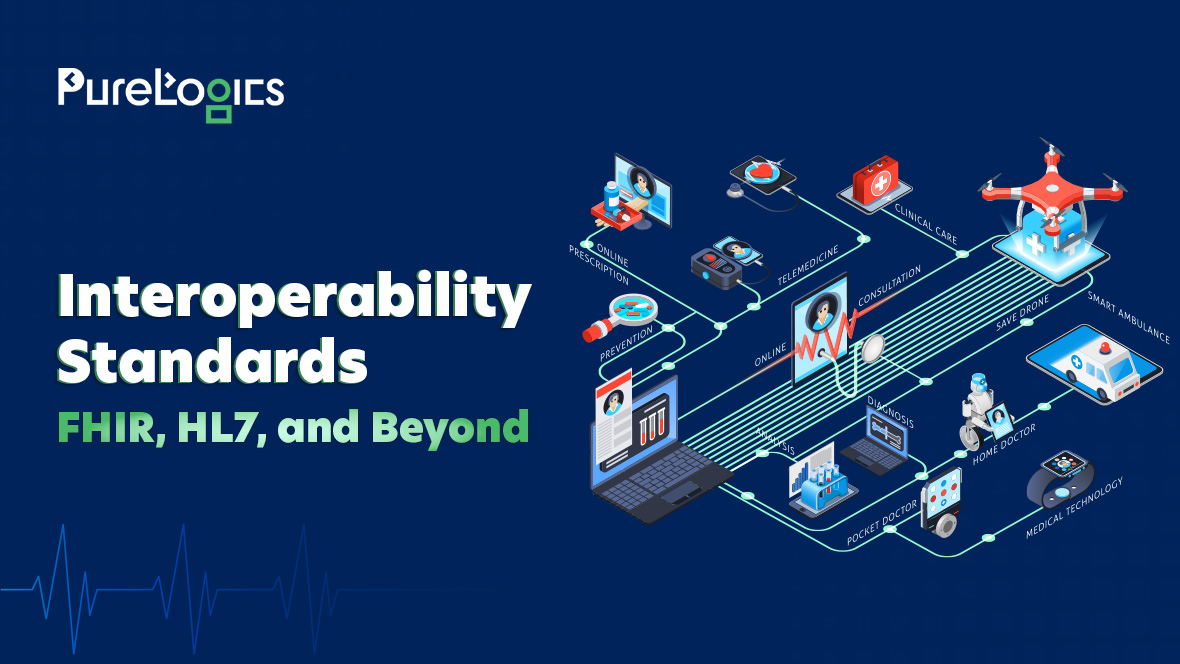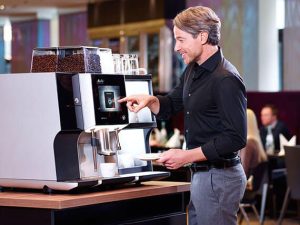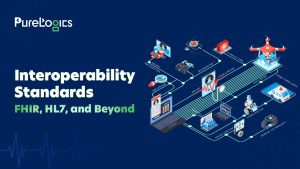Interoperability in Patient Engagement Software: HL7, FHIR, and Beyond

The Role of HL7 and FHIR in Modern Patient Engagement
Healthcare produces vast amounts of data, but without standards, it stays siloed. HL7 and FHIR R4 unlock and standardize this information, empowering patient engagement software to deliver connected and real-time care experiences.
Let’s dive into how these technologies are demystifying interoperability and transforming patient engagement solutions across the board.
Understanding HL7 and FHIR R4 :
Modern patient engagement software, such as patient portals, telehealth platforms, and RPM dashboards, must do more than just deliver convenience. They need to connect with EHRs, lab systems, pharmacies, and payer platforms. Without common data standards, this integration becomes messy, leading to delays, duplication, or even medical errors. That’s where HL7 and FHIR R4 come into play.
HL7, or Health Level Seven, is a set of international standards designed to facilitate the exchange of clinical and administrative data between healthcare systems. Its primary goal is to enhance interoperability by standardizing the way health information is structured and shared.
FHIR is a modern interoperability standard developed by HL-7 International. Unlike earlier HL7 versions, FHIR is built on web technologies (REST APIs, JSON, XML), making it easier for developers to integrate health data into apps, cloud platforms, and mobile solutions. Release 4 (R4) is the first normative version of FHIR, meaning its core components are stable and ready for widespread adoption.
How HL7 & FHIR Work in Patient Engagement Software
- Data Exchange Backbone
- HL7 v2 powers hospital system messaging.
- FHIR APIs connect this data to modern front-end patient apps.
- Real-Time Patient Access
- Patients can access lab results or visit notes instantly.
- Engagement tools use FHIR APIs to pull updates directly from EHRs.
- Cross-System Interoperability
- A patient app can display hospital records, wearable data, and pharmacy updates in one place.
- HL7 standards ensure structured exchange, while FHIR enables intuitive, user-friendly access to that information.
- Better Care Continuity
- Patients remain engaged across care settings.
- Providers can deliver personalized communication and follow-ups.
Benefits of Using HL7 and FHIR in Patient Engagement Software
Using HL7 standards and FHIR in patient engagement software significantly enhances the quality of healthcare delivery.
Standards-Driven Interoperability
- HL7 v2/v3: Enable integration with entrenched hospital workflows like ADT (Admission/Discharge/Transfer), ORU (Observation Result), and ORM (Order Entry).
- FHIR R4: Provides RESTful APIs and modular “resources” (e.g., Patient, Encounter, Observation) for granular, real-time queries.
- Benefit: Patient engagement software can interact with any system—from a legacy LIS to a modern mobile app—without relying on custom one-off integrations.
Real-Time Data Synchronization
- FHIR’s event-driven model enables engagement apps to receive data updates almost instantly (e.g., a lab result is posted → the patient sees a notification within seconds).
- HL7 v2 ensures transactional reliability for background processes (e.g., medication updates flowing from pharmacy, EHR to patient app).
- Benefit: Reduces delays in care communication, ensuring that both patients and providers access the same, up-to-date information in real time.
Modular and Scalable Architecture
- HL7 messages are transaction-heavy and not always developer-friendly.
- FHIR leverages REST APIs and JSON, making it easier to integrate with microservices, serverless functions, and cloud-native architectures.
- Benefit: Patient engagement platforms can evolve modularly—adding features like remote monitoring dashboards, chatbot triage, or telehealth scheduling APIs without re-engineering the entire system.
Advanced Patient Data Integration
- With HL7, systems exchange structured clinical events (lab results, encounters).
- With FHIR, developers can merge structured + unstructured data (wearables, IoT vitals, questionnaires, patient-reported outcomes).
- Benefit: Engagement apps can deliver a 360° patient view, incorporating not only hospital data but also lifestyle, behavioral, and remote monitoring information.
Regulatory and Compliance Alignment
- HL7 standards are recognized in HIPAA, GDPR, and regional frameworks(such as DHA) for secure messaging.
- FHIR R4 is mandated by the ONC’s 21st Century Cures Act for patient-facing APIs in the U.S.
- Benefit: Patient engagement software built on HL7 + FHIR meets compliance out of the box, lowering risk and accelerating approvals.
Common Challenges and Solutions for Implementing Interoperability
Implementing interoperability in patient engagement software comes with its share of challenges. One significant hurdle is the variation in data standards across different systems. This inconsistency can lead to fragmentation, making seamless communication difficult.
Another common issue is resistance from healthcare providers who are accustomed to legacy systems. They may be hesitant to adopt new technologies that promise improved connectivity but require a learning curve.
Data privacy and security concerns also play a critical role. Ensuring compliance with regulations while enabling easy access for patients can create tension between user experience and safeguarding sensitive information.
How InstaPract Simplifies Interoperability
At Instapract, we recognize these challenges—and we solve them. Our platform offers HL7 and FHIR R4 standard interoperability solutions in collaboration with trusted partners. This means:
- No need to build custom integrations from scratch
- Seamless data exchange between EHRs, labs, pharmacies, payers, and patient-facing apps
- Regulatory-ready interoperability out of the box
- A hybrid approach that supports both legacy HL7 messaging and modern FHIR APIs
With Instapract, healthcare providers can focus on delivering better patient engagement and care continuity—without worrying about the technical hurdles of interoperability.






